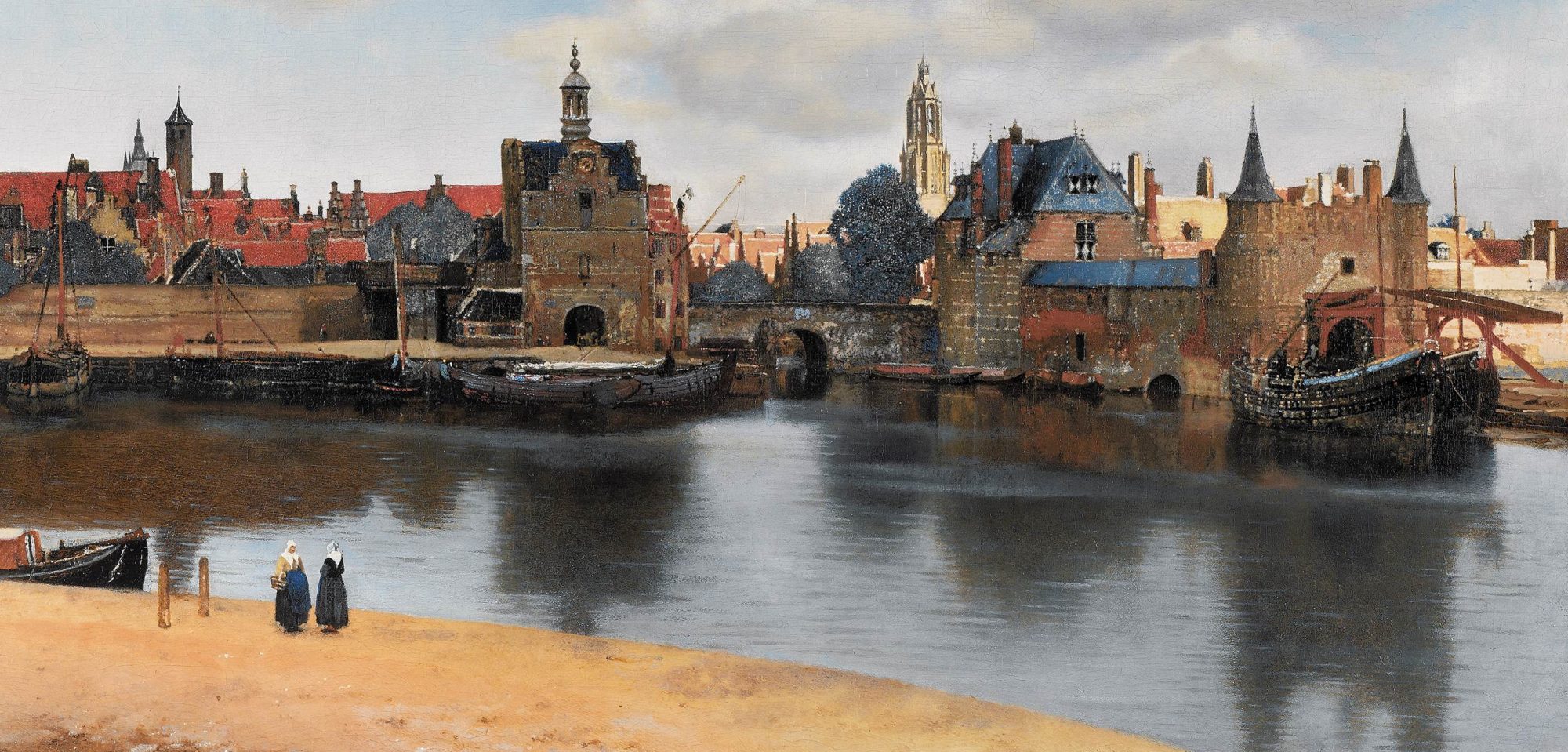“When I hear “Commodity Art,’ I always feel I was never involved in that. My intentions with my work have always been philosophical and social. I’ve worked with objects, but it’s never been about a dialogue of money. It’s been about a dialogue of desire.
“But I think what happens during certain times you live in, you know, in the ’80s the market was very strong, and so people want to box everything up and package everything. It’s reduced to this level of being about money when it’s really about, I believe, communicating ideas.
“When I’ve worked with objects I always tried to remove critique, it’s really about the removal of judgment. Something can be accepted for being perfect as what it is.
“So it’s about removing hierarchy, removing judgment, removing discrimination and to use objects as metaphors for people.”
Jeff Koons in conversation with artists Peter Halley, Ashley Bickerton, Joan Wallace, and Barbara Bloom together with M.H. Miller, arts editor of T Magazine (April 2018)

Jeff Koons’ “Rabbit” (stainless steel, cast in 1986) sold at Christie’s Post-War and Contemporary Art Evening Sale of 15 May 2019 realizing a price of US$91,075,000 (hammer price of $80 million plus buyer’s premium net of any applicable fees) and achieving an auction record for a living artist.
From the collection of publisher Samuel Irving (S.I.) Newhouse Jr., co-owner of Advance Publications and long-time chairman of Condé Nast who passed away in 2017, “Rabbit,” cast in 1986 in an edition of three, plus an artist’s proof, was the last one in private hands.
The other “Rabbits” from the casting of 1986 are in the collections of the Broad Art Foundation in Los Angeles, the Museum of Contemporary Art in Chicago and, it is said (Laurel Wamsley, “Jeff Koons’ ‘Rabbit’ Fetches $91 Million, Auction Record for a Work by a Living Artist,” NPR, 16 May 2019), the National Museum of Qatar.


“Considered the holy grail of Koons works among certain collecting circles”(Eileen Kinsella, “Jeff Koons’ Bunny Sets a New Record for a Living Artist in Christie’s Half-Billion-Dollar Postwar and Contemporary ArtSale,” Artnet News, 15 May 2019), bidding for “Rabbit” started at $40 million.
The bidder on the phone with Xin Li, Christie’s Deputy Chairman of Asia Pacific, conceded to dealer Robert Mnuchin, who placed the winning bid of $80 million on behalf of an anonymous client.
While there had been speculation that Mr. Mnuchin may have been working on behalf of either Mitchell Rales or Steven A. Cohen, Kenny Schachter of artnet News revealed the buyer to be Steven A. Cohen.
See:
M.H.Miller, “The Artists Who Defined the East Village’s Avant-GardeScene; For a short time in the early ’80s, the Manhattan neighborhoodwas the epicenter of experimental art. Jeff Koons, Peter Halley,Ashley Bickerton, Joan Wallace, and Barbara Bloom remember themoment,” T The New York Times Style Magazine, 17 April 2018
Kenny Schachter, “Kenny Schachter Reveals the Mystery Buyer of Jeff Koons’ Bunny – and Blurts Out Other Secrets from Auction Week as Well,” artnet News, 21 May 2019
Jacob Bernstein, “Robert Mnuchin Would Rather Not Discuss His Client (or His Son),” The New York Times, 19 May 2019
Laurel Wamsley, “Jeff Koons’ ‘Rabbit’ Fetches $91 Million, Auction Recordfor a Work by a Living Artist,” NPR, 16 May 2019
Scott Reyburn, “Jeff Koons ‘Rabbit’ Sets Auction Record for Most Expensive Work by Living Artist,” 15 May 2019
Eileen Kinsella, “Jeff Koons’ Bunny Sets a New Record for a Living Artistin Christie’s Half-Billion-Dollar Postwar and Contemporary Art Sale,”Artnet News, 15 May 2019
Jeff Koons (b. 1955), “Rabbit,” Christie’s Post-War and ContemporaryArt Evening Sale, New York, 15 May 2019, Lot 15 B | Jeff Koons: A Masterpiece from the Collection of S.I. Newhouse
